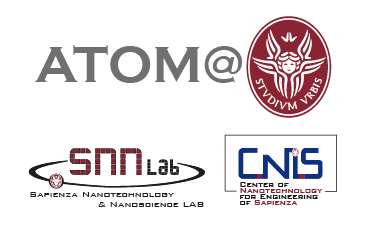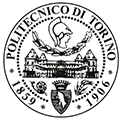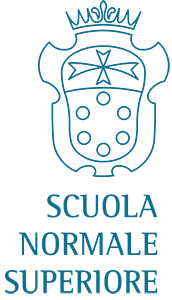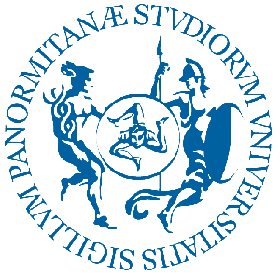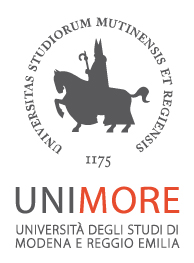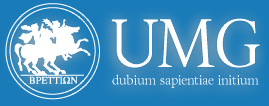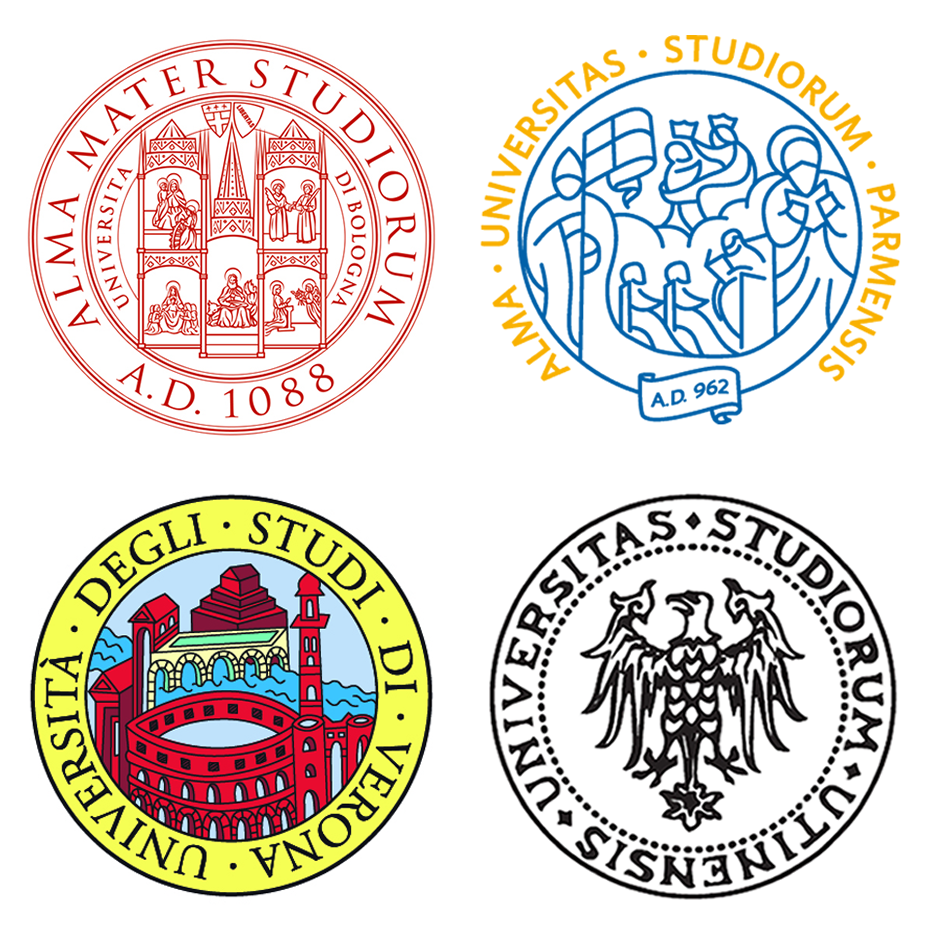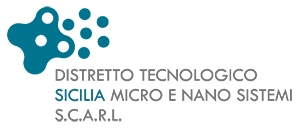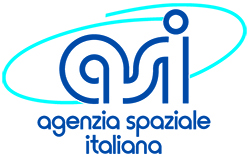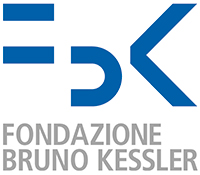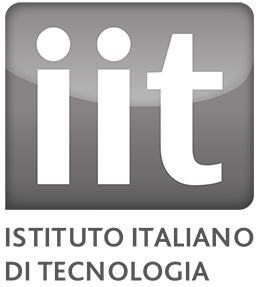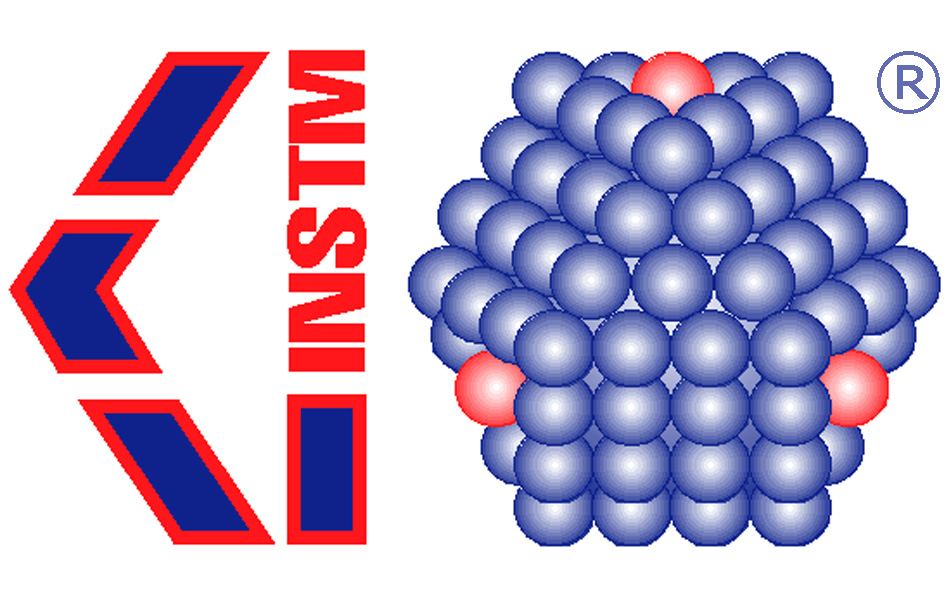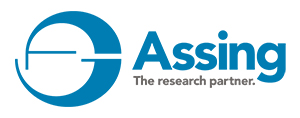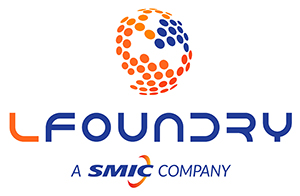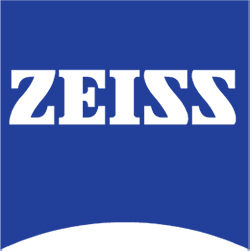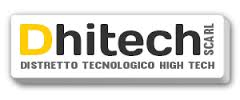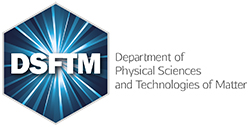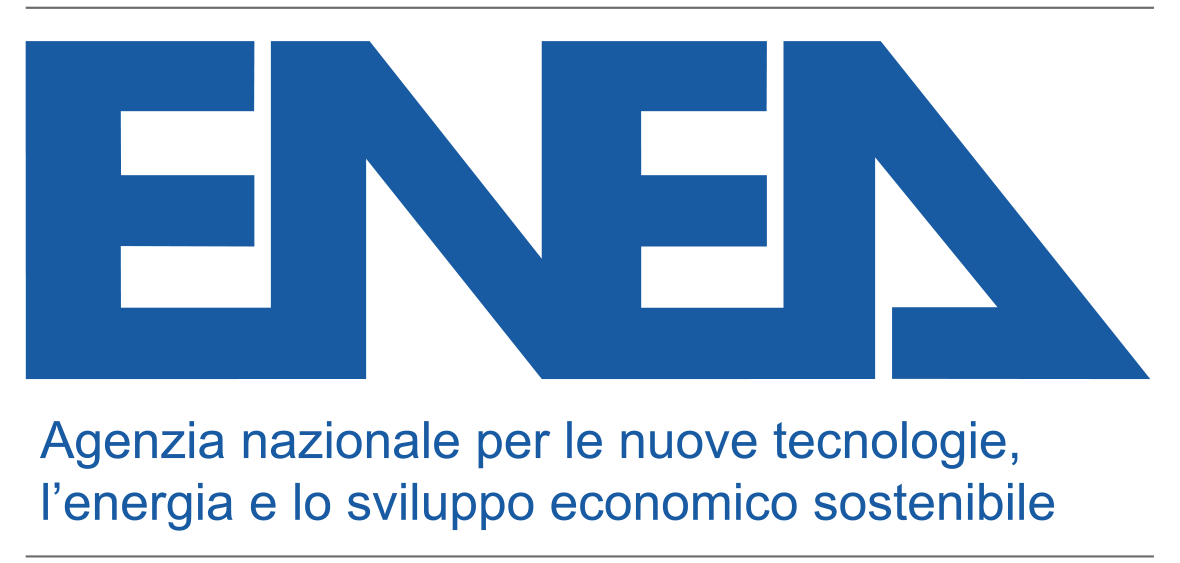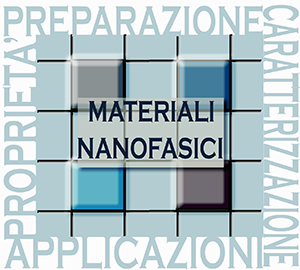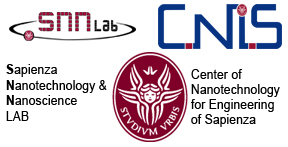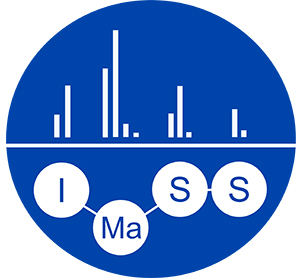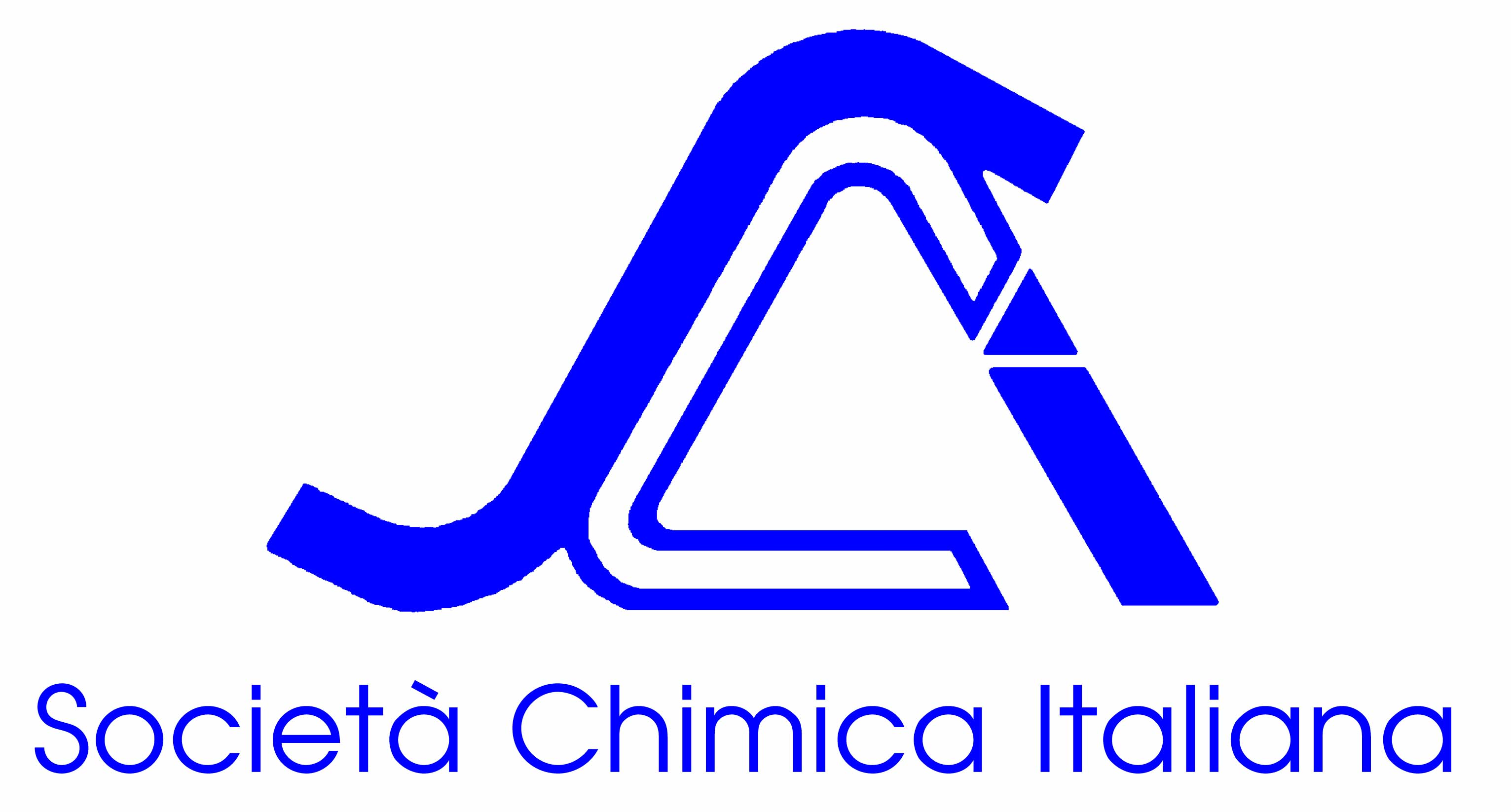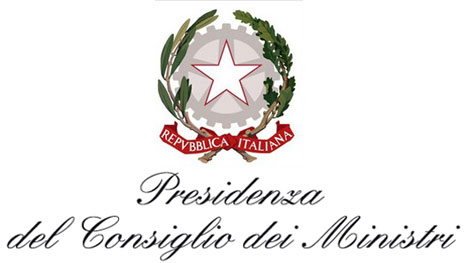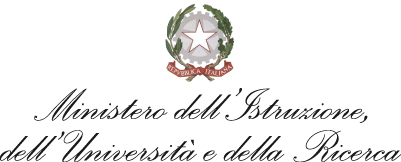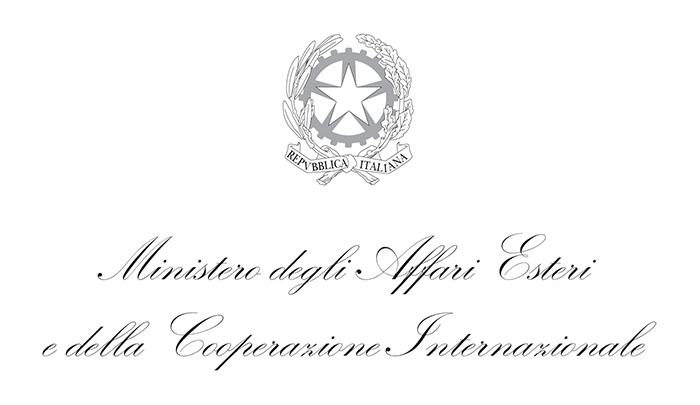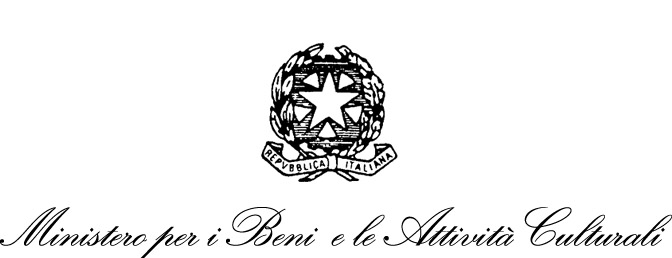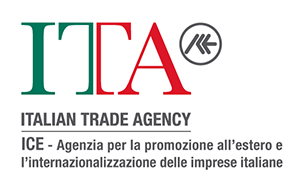Advanced Scanning Probe Microscopies
|
WS.III
|
|||||
|
WORKSHOP COMMITTEE
Romolo MARCELLI, CNR IMM
Daniele PASSERI, Sapienza University of Rome
Marco RENZELLI, LFoundry
|
|||||
|
organized by
|
|||||
|
Invented about 40 years ago, scanning probe microscopy (SPM) refers nowadays to a family of techniques which allows the imaging of the sample surface with nanometer lateral resolution and sub-nanometer vertical resolution by combining accurate positioning and scanning systems with the use of a nanosized probe which interacts with the sample surface. Beside the improvement of the quality of topographical reconstructions in terms, for instance, of resolution, stability, or scan rate, SPM has been used as a platform to develop several advanced methods for the characterization of many physical parameters of the sample. Thus, from the original use for topographical imaging, SPM is becoming an indispensable nanometrological tool for mechanical, electric, magnetic, thermal, optical, or chemical nanocharacteriazions. Recent efforts have been aimed at broadening the range of physical properties, investigable samples, imaging environments, as well as to enhance accuracy, sensitivity, and reliability of the analytical methods. Also, recent developments demonstrated the capability of SPM methods to investigate not only surface but also sub-surface properties. This workshop aims at presenting an overview and a selection of some of the most recent improvements in SPM methods, e.g., atomic force microscopy (AFM) for mechanical, electric, magnetic nanocharacterizations, as well as optical or microwave near field methods. Emphasis will be given to both presenting the techniques and reviewing some of the most interesting fields of application, e.g., from microelectronics to agri-food or biomedicine and nano-bio-technologies. |
|||||
|
13 September
|
|||||
| 09:00 - 10:30 Keynote Session: "Scanning Probe Microscopy: Touching and Probing Matter at the Nanoscale" WS.III.1 - HT.II.B |
|||||
| In collaboration with: ASSING/Bruker | |||||
| SYNOPSIS | |||||
| WS.III.1.1 HT.II.B.1 |
Jason KILLGORE CV |
||||
| WS.III.1.2 HT.II.B.2 |
Emmanuel PARIS |
||||
| Chair: Daniele PASSERI, Sapienza University of Rome | |||||
| 10:30 - 11:00 Coffee Break | |||||
| 11:00 - 12:30 Advanced SPM techniques: methods and applications 1 WS.III.2 - TT.IV.B |
|||||
| In collaboration with: LFoundry | |||||
| SYNOPSIS | |||||
| WS.III.2.1 TT.IV.B.1 |
Livia ANGELONI University of Delf, Delft, The Netherlands Use of Scanning Capacitance Microscopy as a tool for detecting damage to Lightly Doped Drain (LDD) implants in SRAM |
||||
| WS.III.2.2 TT.IV.B.2 |
Stefano VERONESI CV CNR, Istituto Nanoscienze, Pisa An atomically flat gold film thermometer on mica to study energy (heat) exchange at the nano-scale |
||||
| WS.III.2.3 TT.IV.B.3 |
Francesco Marinello University of Padua, Italy NSOM limits and potential in nano-optical characterization |
||||
| WS.III.2.4 TT.IV.B.4 |
Cristiano ALBONETTI CV CNR-ISMN, Bologna The growth of organic ultra-thin films on silicon oxides with variable vacancy states: a Scanning Force Microscopy approach |
||||
| Chair: Marco RENZELLI, LFoundry | |||||
| 12:30 - 14:00 Light Lunch | |||||
| 14:00 - 15:30 Advanced SPM techniques: methods and applications 2 WS.III.3 - TT.V.B |
|||||
| SYNOPSIS | |||||
| WS.III.3.1 TT.V.B.1 |
Michele ORTOLANI CV Sapienza University of Rome Light-induced functional conformational changes of bacteriorhodopsin probed by mid-infrared nanospectroscopy |
||||
| WS.III.3.2 TT.V.B.2 |
Giuseppe BARILLARO University of Pisa Advanced characterization of nanoporous materials for biosensing and nanomedice |
||||
| WS.III.3.3 TT.V.B.3 |
Antonietta LA STORIA CNR Napoli AFM in food characterization |
||||
| WS.III.3.4 TT.V.B.4 |
Leonetta BALDASSARRE Sapienza University of Rome Observation of phonon-polaritons on thin flakes of hBN on gold |
||||
| Chair: Daniele PASSERI, Sapienza University of Rome | |||||
| 15:30 - 16:00 Coffee Break | |||||
| 16:00 - 17:30 Advance in Near Field Probe Microwave and mm-wave Microscopy for Surface and Subsurface Characterization of Materials WS.III.4 - TT.VI.B |
|||||
| In collaboration with: CNR IMM - Ministry of Foreign Affairs and International Cooperation - National Institute of Standards and Technology (NIST) | |||||
| SYNOPSIS | |||||
| WS.III.4.1 TT.VI.B.1 |
Sam BERWEGER CV National Institute of Standards and Technology - NIST, Boulder, USA Nanoelectronic Characterization using Microwave Near-Field Microscopy |
||||
| WS.III.4.2 TT.VI.B.2 |
Marco FARINA CV Marche Polytechnic University Application of Scanning Microwave Microscopy to Biological Sampleses |
||||
| WS.III.4.3 TT.VI.B.3 |
Giovanni Maria SARDI CV CNR IMM, Roma Near-field Microwave Microscopy for Surface and Subsurface Characterization of Materials |
||||
| WS.III.4.4 TT.VI.B.4 |
Venkatachalam SUBRAMANIAN CV Indian Institute of Technology Madras, Chennai, India Feedback control for constant height mode operation in scanning near-field microwave microscopy |
||||
| Chair: Emanuela PROIETTI, CNR IMM, Roma | |||||


